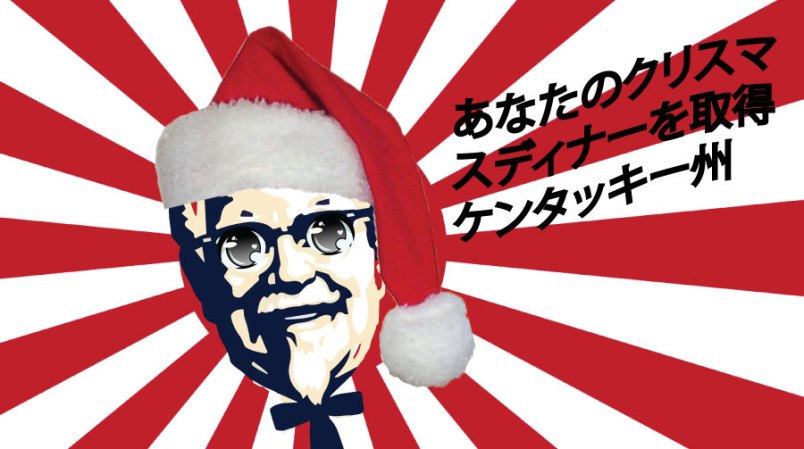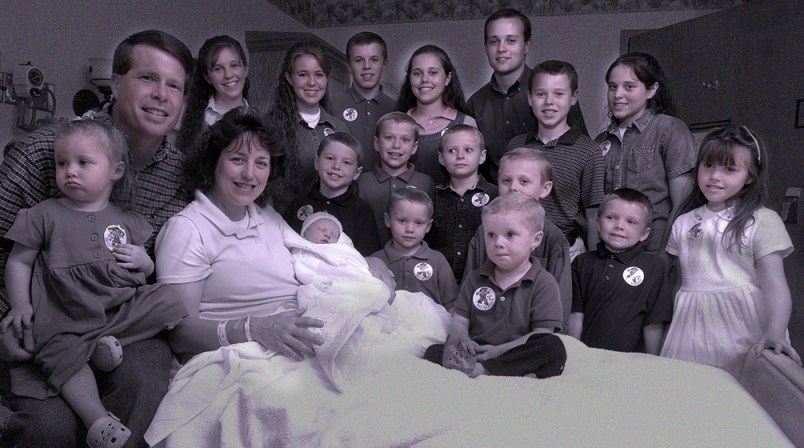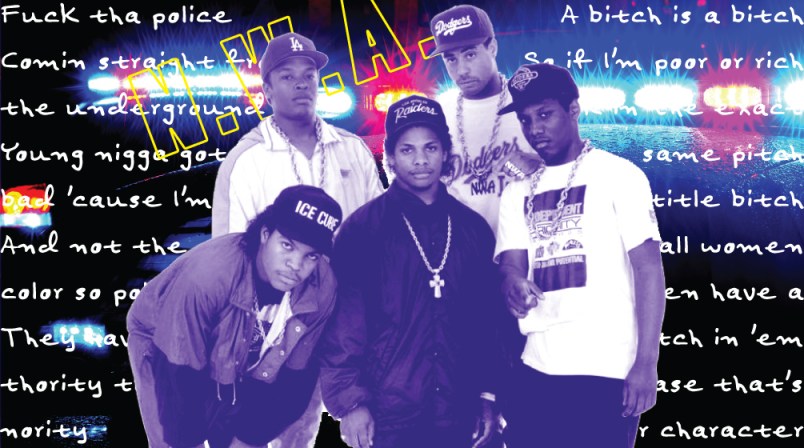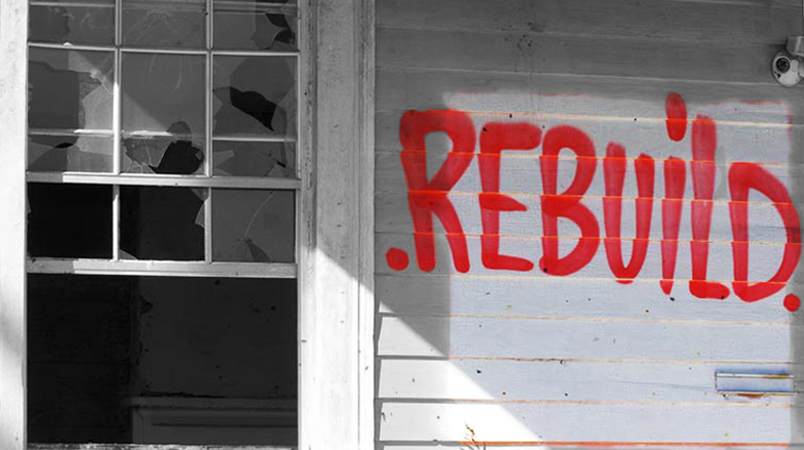Of all the odd mutations of American culture to be exported abroad, Japan’s KFC Christmas tradition may be one of the oddest. This month, KFC Japan will bring in revenue up to ten times greater than what it earns during other months of the year. Life-size Colonel Sanders statues—a staple in the country—will be dressed in red attire and Santa hats. On Christmas Eve, Kentucky Fried Chicken’s lines will snake down the block, and those unlucky enough not to pre-order their special chicken buckets a month in advance may have to go without KFC’s signature blend of 11 herbs and spices.
And not having KFC on Christmas in Japan is a real bummer. In what appears to be one of the most successful fast food marketing campaigns of all time, KFC has for more than thirty years maintained a uniquely on-brand alternate history in Japan, one that makes fried chicken ubiquitous on the day of Jesus’ birth.
“The prevailing wisdom here is that Americans eat chicken on the 25th,” a friend wrote from Tokyo last week. He said he has “blown countless Japanese minds” by suggesting that Western KFCs may even close on Christmas. In Japan, where only a tiny fraction of the population is Christian and the holiday is a secular-slash-commercial affair, yuletide cheer goes hand in hand with a Christmas-branded bucket of chicken—or, as the Japanese call KFC, simply “Kentucky.” The Japanese version of the Colonel is grandfatherly and at times kawaii-cute. There are anime-eyed mascot costumes styled in his likeness, and service employees of KFC Japan wear uniforms loosely modeled after his signature white suit and long black ribbon tie.
Having spent time in the state where Colonel Harland Sanders perfected his recipes, I found it hard to imagine the man who so successfully sold the image of the Old South to a global audience would have been pleased by his Japanese doppelgangers. When I hear “KFC,” I think of the portrait of him and his wife hanging in the Claudia Sanders Dinner House in Shelbyville, Ky., the restaurant the Colonel opened in 1968 either to compete with or taunt the KFC franchise once he’d become disillusioned with the realities of true mass production.
Inside Claudia Sanders, which is massive and columned like the Big House on a plantation, right next to a dim, carpeted spiral staircase, there’s an oil painting of two severe-looking senior citizens posed stiffly in horn-rimmed glasses. As an East Coast kid visiting my mother’s family of tobacco and beef cattle farmers in Baghdad, Ky., less than ten miles from the Dinner House, I always associated that portrait with the iron-clad sense of propriety and traditionalism vital to a particular generation in that part of the world.

Harland Sanders wasn’t born in Kentucky, and he didn’t even start cooking there until he was nearly forty. A native of Henryville, Ind., he dropped out of school in sixth grade and job-hopped for most of his life. He was a railroad laborer and a farm hand, a ferry boat owner on the Ohio River and an insurance salesman (until he was fired for insubordination). He falsified documents to enlist, briefly, in the army. He became a lawyer through a correspondence course, only to be disbarred when he assaulted his own client. During the Great Depression, he was offered a Shell service station in Corbin, Ky., in exchange for sharing his profits. It was there where he began cooking for roadside customers, serving fried chicken, steaks, and country ham in the residential building attached to the station.
Sanders was so successful that he moved his restaurant into another building across the street and, in 1935, was named an honorary Kentucky Colonel by Governor Rudy Laffoon. When construction of an interstate through Kentucky made roadside traffic all but vanish, Sanders was forced to close the original Corbin business and travel—according to his biographer Josh Orzesky, in a Cadillac with his face painted on it—to other restaurants in an attempt to get them to sell his original recipe. It was the mid-fifties; Sanders was 65. Around that time he started wearing that white suit everywhere—linen in the summer, wool in the winter—and bleaching his beard and mustache to match his hair. He allegedly began to insist that friends and colleagues refer to him as “The Colonel.”
Sanders sold Kentucky Fried Chicken in 1964 and was retained as a “goodwill ambassador,” though the “goodwill” part didn’t exactly work out. He later sued—and settled—over the misuse of his image and opened his own restaurant, Claudia Sanders’ Dinner House, where Kentucky Fried Chicken’s headquarters once stood and where I used to cower in front of his portrait as a kid.
In 1974, the same year an irate Colonel tasted KFC’s new Extra Crispy Chicken recipe and called it “a damn fried doughboy put on top of some chicken,” KFC Japan rolled out its “Kurisumasu ni wa kentakkii!” (“Kentucky for Christmas!”) campaign. The first restaurant had actually come to Nagoya in 1970, when the company launched KFC Japan in partnership with the Mitsubishi corporation. But after flexing the brand’s muscles at the World Expo in Osaka to favorable results, exploiting Japan’s industrial boom and burgeoning mania for retrofitting American culture seemed to the company like a good bet.

KFC’s spokespeople have told journalists that Kentucky Christmas was born when a Western visitor couldn’t find turkey on December 25th and visited a KFC for chicken instead; legend has it that an enterprising franchise manager noticed and passed on the tip. Whether or not that’s true, Sanders’ image—and the echo of a proper, vaguely antebellum south telegraphed by his stately attire—stuck. The first Kentucky Christmas meal sold for a pricey $10 (almost $48 in 2014 money) and contained fried chicken and wine; now, KFC’s Japanese Christmas meals cost about $40 and come with champagne and cake.
Following Sanders’ death in 1980, KFC’s popularity exploded in Asian markets while becoming a trickier sell stateside. In case the awkwardness inherent in pushing an old white guy’s vision of good ol’ fashioned Southern cooking during the eighties isn’t self-evident enough, the 1984 commercial spot KFC Rap! —in which the Colonel and his image are remixed and scratched into an overenthusiastic hip-hop jam—remains a matter of historical record. In the nineties, Kentucky Fried Chicken, sensitive to the tastes of gym addicts and health-food nuts, cut the “Fried” out of its name and rebranded to be known as simply KFC, but to no avail—recently, Bloomberg referred to the company as an “also-ran to McDonald’s Corp.”

If America is oversaturated with fast food empires and too well-acquainted with the Old South’s history to reinterpret it as a fun and exotic myth, in Japan there has been no such problem. There are currently more than 1,200 KFC locations in the country, including an “Adult Kentucky Fried Chicken” bistro serving pasta dishes with beer and “KFC Route 25,” a posh KFC in Tokyo stocked with a full whiskey bar. Not to mention the whole Christmas thing. There’s a countdown to Christmas on KFC Japan’s website and banners celebrating “Kentucky Christmas 2014.”
Colonel Sanders remains an icon there, perhaps one as famous as Babe Ruth: In 1985 the Harshen Tigers, a Kansai-area baseball team, won the Japan Series for the first time, but during the ensuing celebration, reveling fans took hold of one of Osaka’s ubiquitous KFC Colonel Sanders statues and dumped it into the Dontonbori River. The Tigers haven’t won a series since they triggered the Curse of the Colonel. In 2009, divers found the statue and it was returned to the KFC closest to the stadium. Still, the story goes, the Colonel is mighty disappointed and he won’t lift his curse on the team until the statue’s missing hand and glasses are recovered.
Last year, Masao “Charlie” Watanabe, the president of KFC Japan, bought one of the Colonel’s signature white suits for $21,510 at an auction in Dallas and promptly tried it on. “Every child in Japan knows Colonel Sanders’ face and his uniform,” an ecstatic Watanabe told an AP reporter through a translator, posing in the baggy suit for a photograph and flashing a thumbs-up sign. As far as I can tell, the last collector holding onto a large portion of the Colonel’s effects in Shelbyville sold it all off about a decade before; he believed the assorted items might be valuable one day, since Sanders “put Kentucky on the map.”
To trace the transition of Colonel Harland Sanders—a remarkably surly man, if Shelbyville gossip is to be believed—from aggressive Depression-era cook to beaming cartoon icon to a twisted Father Christmas—is to see the bizarre logic of the global market at work. But placed next to, say, the spawn of shopping “holidays” that run from Black Friday to Giving Tuesday, it all seems downright sane. And after my family has unwrapped our gifts on Christmas morning, we’ll all head to Boston’s Chinatown and eat dim sum, a tradition I’m told took root among non-celebrating Americans precisely because Asian restaurants were some of the only ones open that day. As our secular and religious spheres collide across the globe, the idea of a hard-and-fast holiday tradition has become close to obsolete. Celebrations are marked by incongruities and contain vacant spaces ripe for new interpretations—or new brands.
Molly Osberg is a writer based in New York. She’s on Twitter @molly__o.









